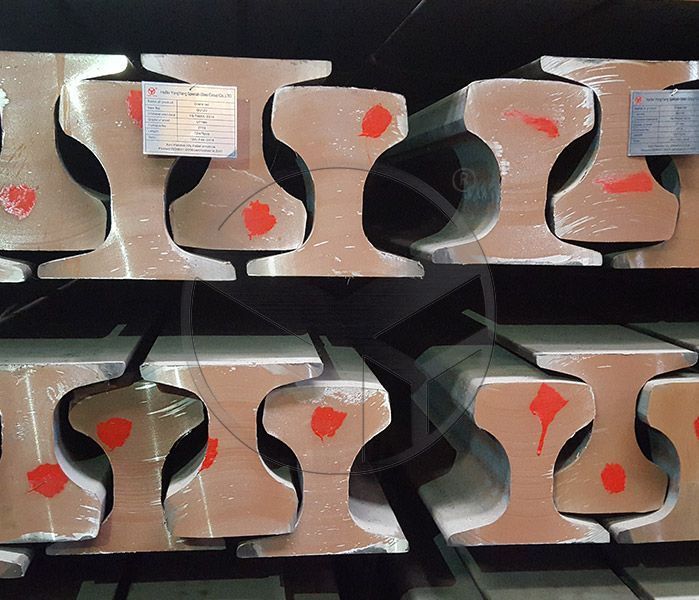Crane rail installation - Standards and procedures
Introduction to crane track installation
With the rapid development of modern logistics, greater demands are being placed on the logistics management of machinery and equipment. This is not just about transporting bits. Once heavy machinery or equipment has arrived at a facility, it also needs to be picked up, moved and set up appropriately. For these purposes, cranes come in very handy. As cranes play an important role, crane track installation also plays an important role in these industries.
Crane track installation Techniques and standards
The accurate installation of crane rails is a primary requirement for this type of heavy machinery and related
industries. Selecting the most suitable track and securing it is a key issue in ensuring the integrity and longevity of the crane track system. At Yongyang, we have a reliable, skilled and experienced team to help you find the more suitable crane rails. But more on that later. Now let's talk more about crane rail installation standards.
Crane rail installation has its own standards and techniques. For the most basic ones, technicians must inspect the rails, bolts, cleats etc. before the installation process and must replace them immediately if there are any cracks, corrosion or irregularities in the specifications.
Standard specifications for crane rail installation
The standard specifications for the installation of crane rails are as follows.
Wear and defects should not exceed 3mm.
The horn should be in close contact with the main beam of the track and the crane.
There should be no more than 20 horns per stage.
The length of the horn should not exceed 100mm.
The width should be between 10mm and 20mm
wider than the bottom of the track.
The distance between the two pieces should not exceed 200mm.
The crossbeam must be firmly welded and the actual contact between the horn and the rail section should not be less than 60% of the nominal contact area.
Rail joints can be made as straight or 45 degree angle joints.
In cold regions, the gap between the joints must be between 1 and 2 mm during winter crane track installation.
When the temperature is above 20 degrees Celsius, a clearance of between 4 and 6 mm should be considered.
Stops must be installed at the end of the track to prevent the crane from derailing from both ends.
The actual centre line of the track should not deviate from the geometric centre line of the track by more than 3mm.
Crane track installation procedures
It is well known that the crane track is a fundamental part of the crane installation procedure. Cranes require smooth and continuous rails to carry heavy loads and operate trouble-free. Accurate installation is imperative and the selection and fixing of the most suitable track is a key issue in ensuring the integrity and longevity of the crane track system. The best designs and materials are used in the installation process. The following procedures have been designed step by step by experts and skilled managers for the installation of crane rails.
Pre-embedded ground bolts were first drilled, which were used for the subsequent fixing of the iron baseplate.
The iron base plate is laid on the crane track bed and fixed with the foundation bolts.
The base of the crane rail clamp is welded to the iron base plate.
Crane rail welding is carried out using the hot rail welding method.
The crane rail alignment tool is used to align the rails so that the crane rail alignment tolerances meet the crane rail installation requirements.
The fixing of the crane rail clamps is competed by placing bolts in the base holes, installing rail clamps, slat washers and nuts to bring the crane rail clamps closer to the rail.
The crane rail installation procedure is complete.

评论
发表评论